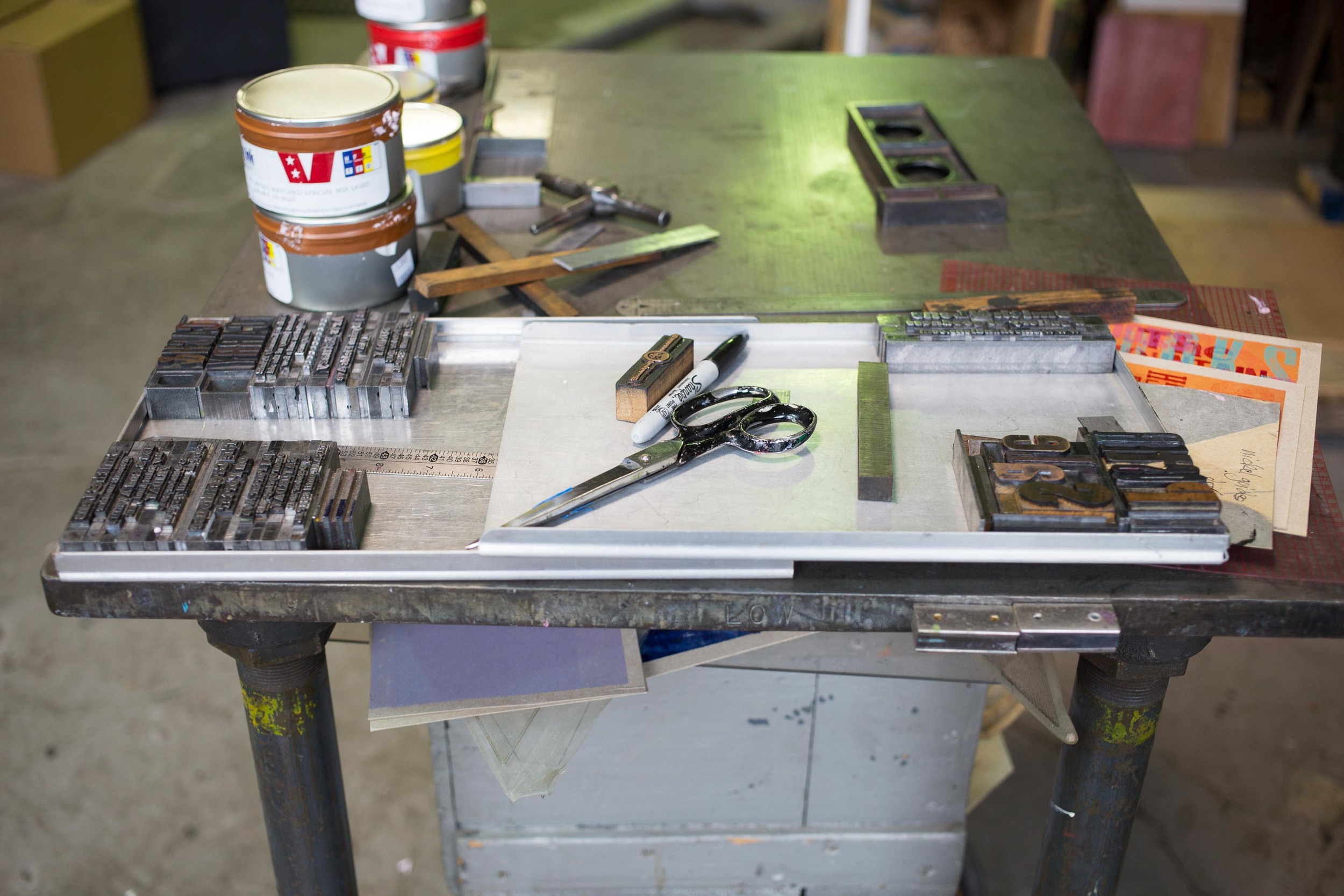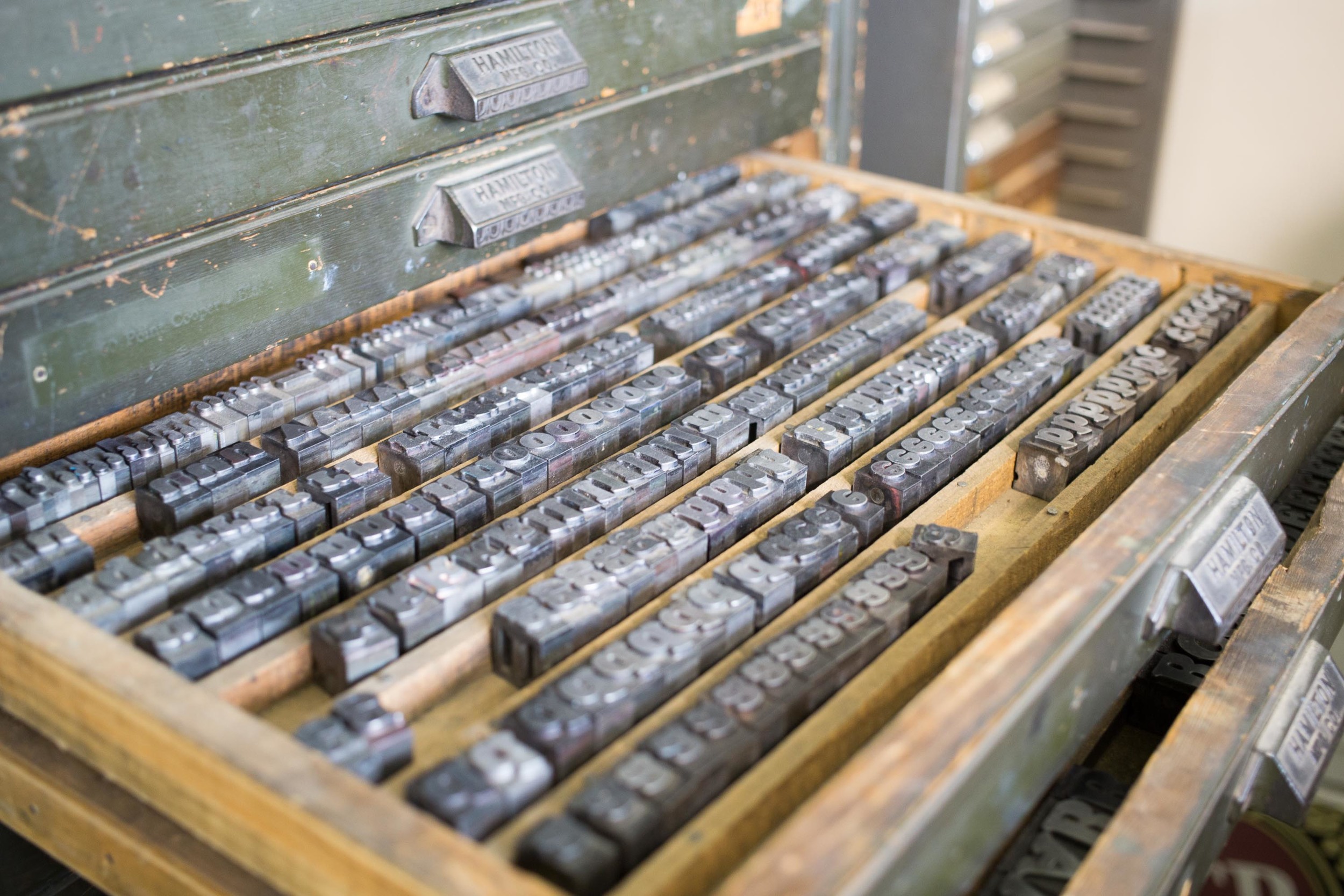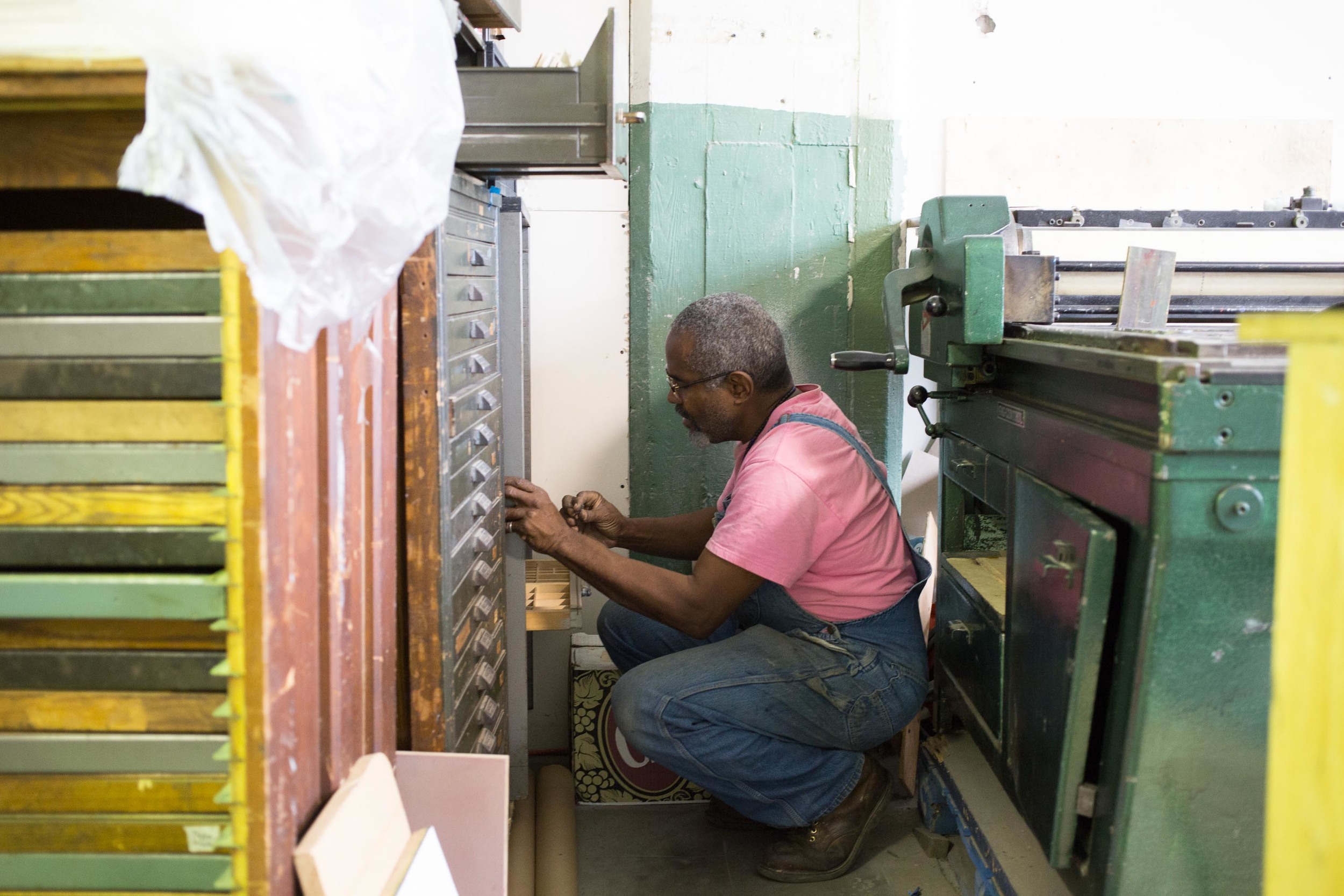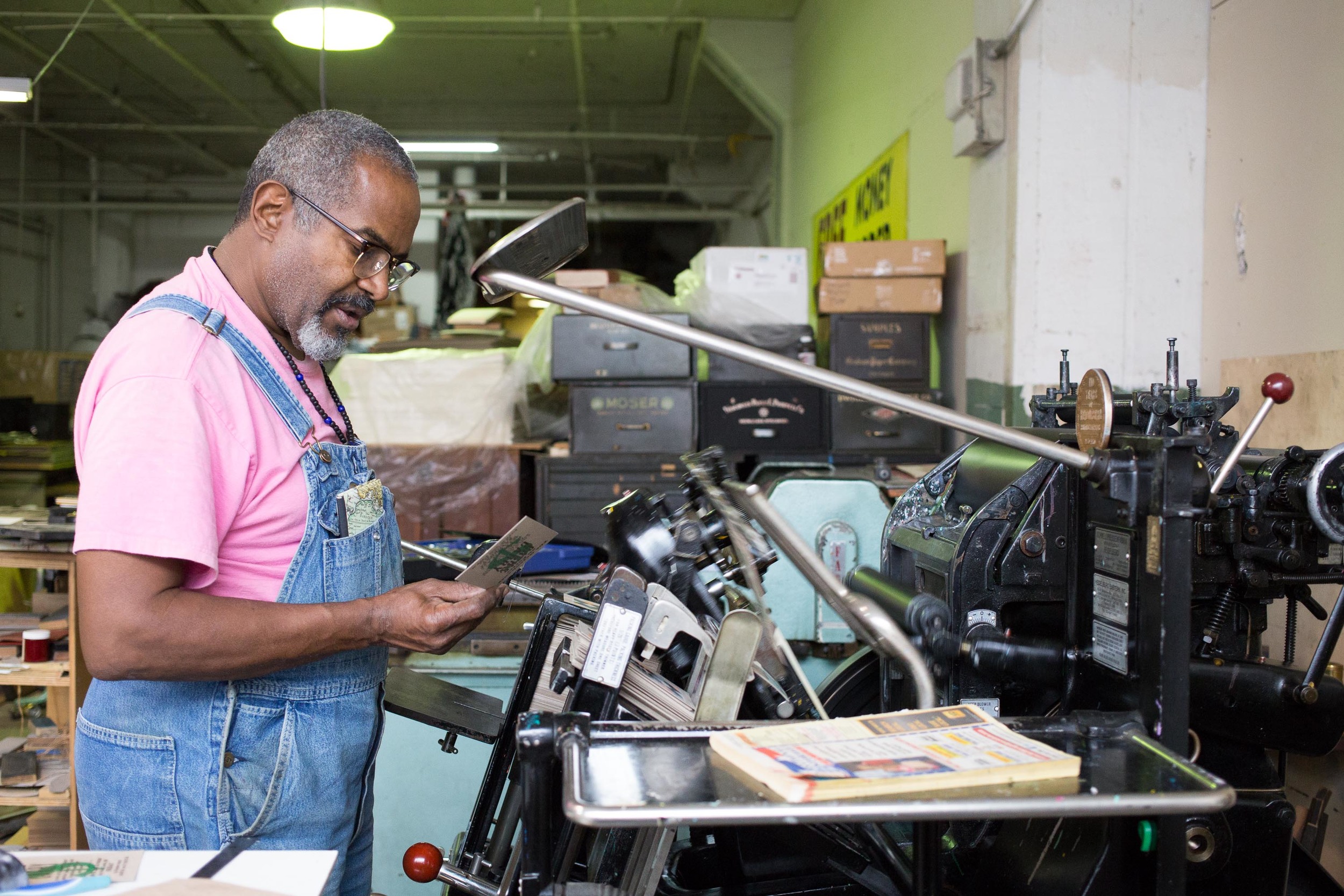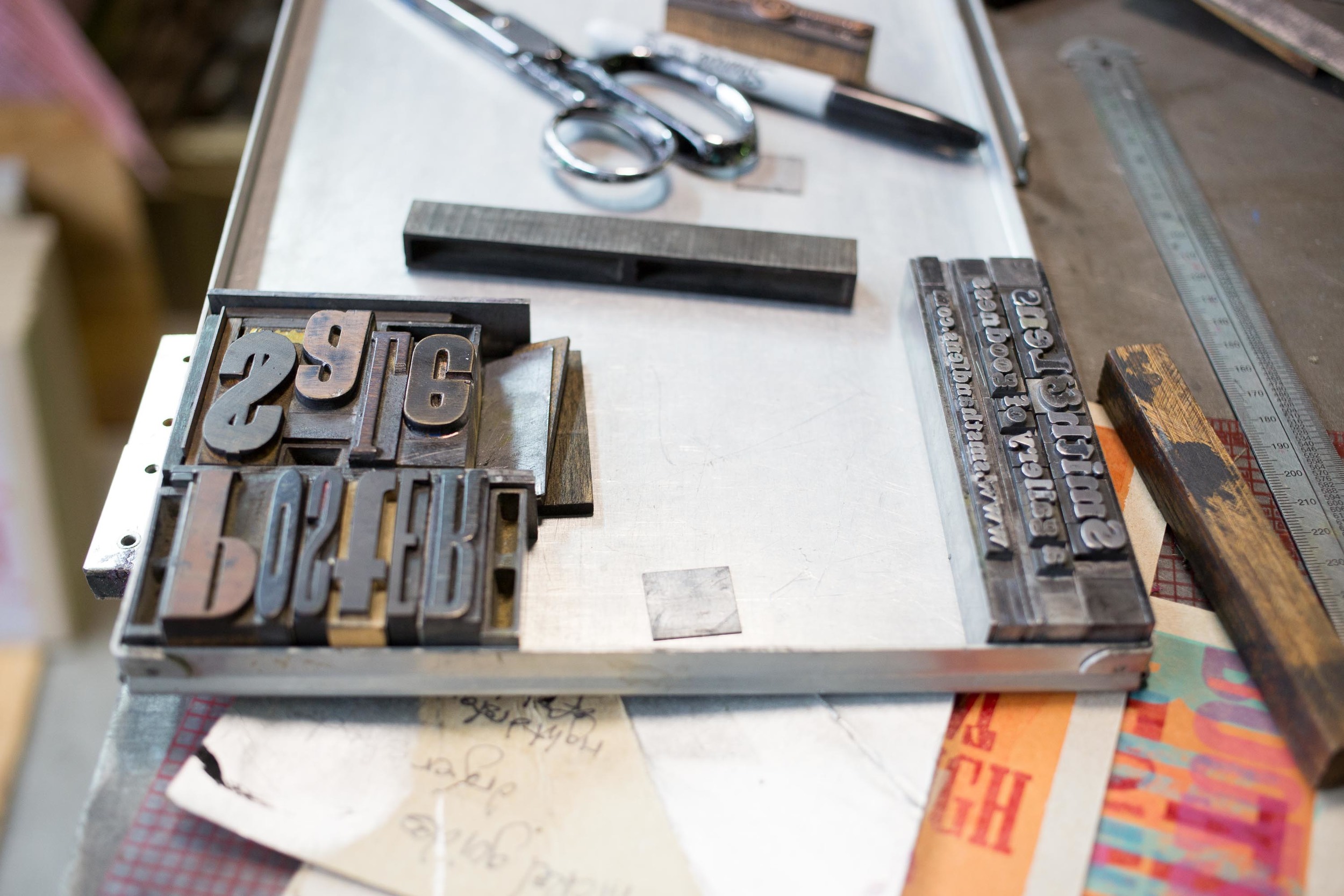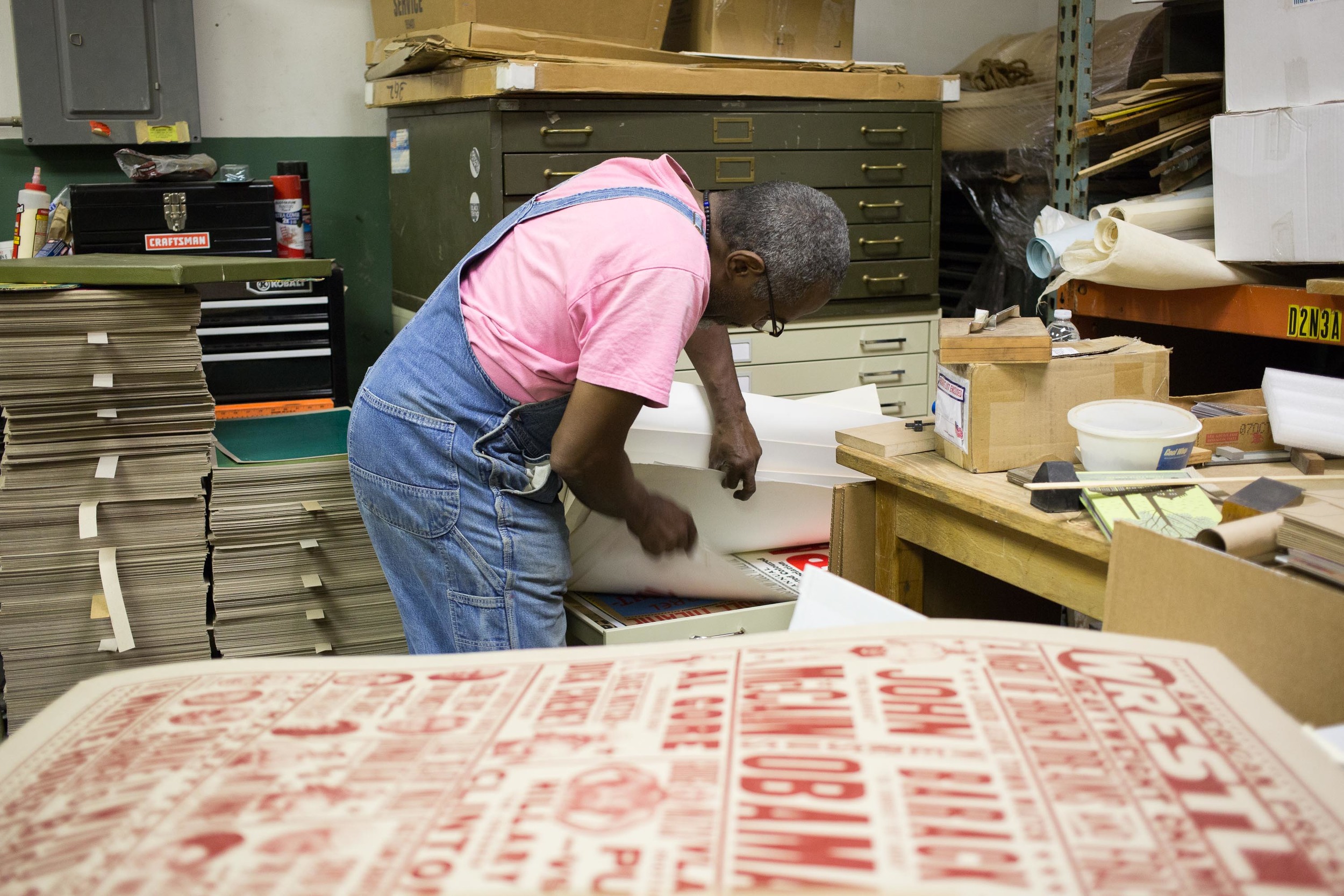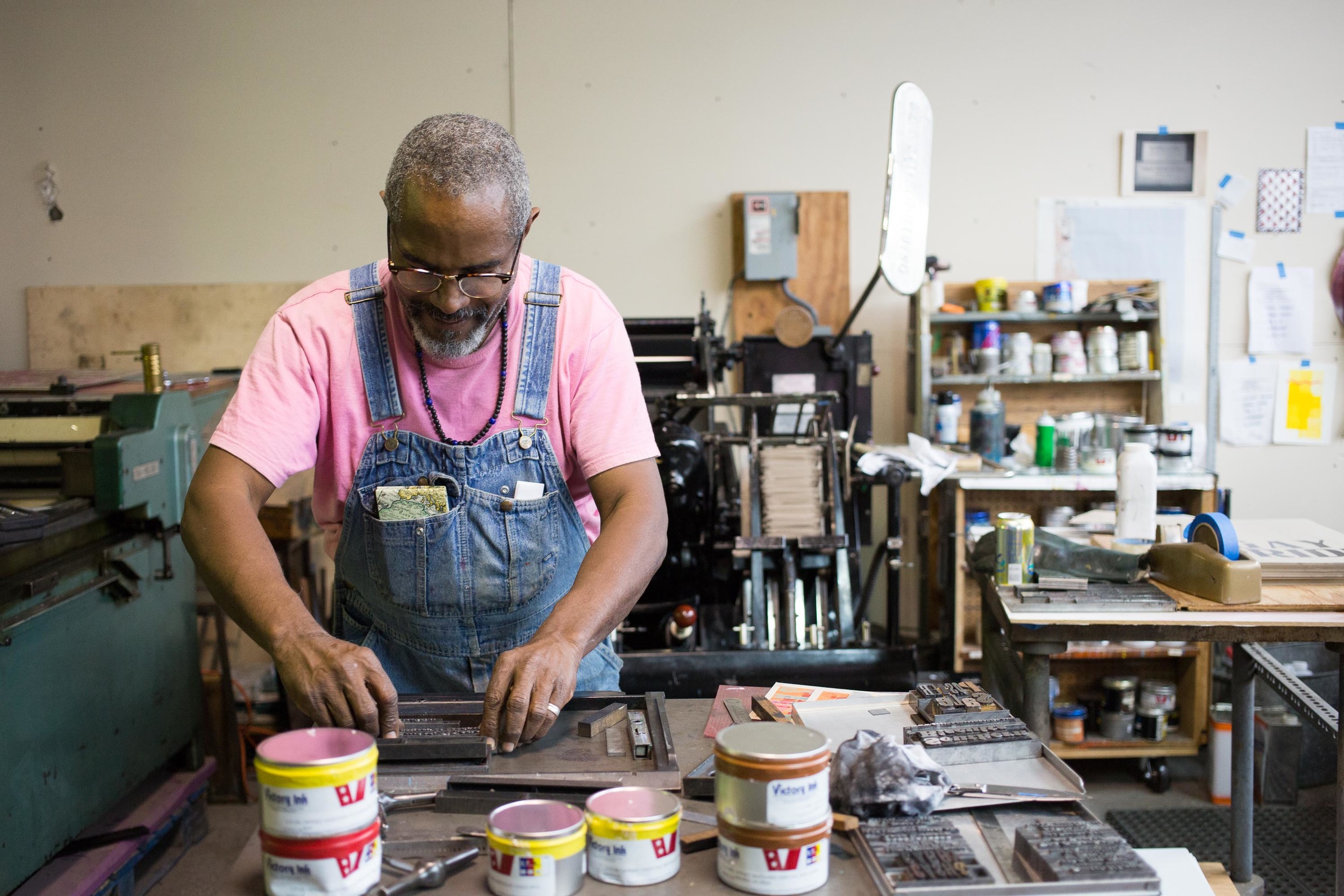Pictured here is Maile, owner of Tula Yoga Studio in Logan Square. (Photo from tulayoga.net)
I've been practicing Yoga for about 10 years (on and off), and from the moment I stepped into my first yoga class, I knew I had found a component of my life that was going stay with me forever. I've moved around to several cities during these past 10 years and I have found yoga studios that I loved but have had to move on from. Since coming to Chicago, I tried out several Yoga studios to see where I felt at home - there were a lot of trial and errors, Groupons that allowed me to speed date studios with no commitment, referrals from others, but it wasn't until I found Tula Yoga Studio that I knew I wanted to commit to learning from the teachers who communed in its space.
Before I write about the 30 day challenge, I'd like to tell you a bit about why this studio is so special, and also why it captured my yoga spirit from the very first class I attended.
Yoga is a spiritual activity to me, and my yoga mat is my personal sacred ground. It is during this time where my body becomes aware that it is breathing, alive, and able to reconnect with the fact that, at the end of the day, I am me. The reason I tell you this is because it has become increasingly more important to me to be around people who are spiritually aware of the universe, and my yoga practice is my highest priority to achieve this kind of surrounding.
I have found the instructors at Tula studio to be extremely spiritually aware of their surroundings while thoroughly emotionally intelligent at the same time. It is a rare skill to be able to meet spiritual states with an appropriate emotional response, and Tula, I believe, has achieved that. I haven't encountered every single instructor just yet, but the ones I have communed with all possess this rare skill - and I make an extra effort to attend their classes. And let me tell you, it is a wonderful encounter with every single class.
Maile, the owner of Tula, is also someone who I look up to. Her heart and vision for opening up a studio tailored to students who want to learn and grow in their yoga practice is unparalleled and she has single-handedly pushed forth a growing organism that Logan Square cannot ignore. Not only did she collect Tula's great instructors, but this lady has thought of everything when it comes to servicing yoga students, and I finally discovered why. She shares this on Tula's website:
"I purposely chose not to pursue a yoga teacher’s certification or training program before opening the studio because I wanted to make sure that I built the studio through my naïve eyes of a student, still open to many ideas and interpretations."
- Maile Wicklander
Many yoga studios have changing areas, cubes for personal storage, yoga storage, etc. but Maile also thought about the little things that make all the difference. The bathrooms have bobby pins and hair ties, the common area is always stocked with complimentary tea, there are spray bottles to clean your mats after class, complimentary towels and mats, and so much more - all of which I have used when needing them the most, and it is because of these things that make Tula so great. Could she be a service designer?! I'd say, "Yes."
Over the course of a few years of attending this studio, I saw students in past years take on the "30 day Challenge." Yoga every day for 30 days. "Are you crazy?" you ask? That's what I said. My mind couldn't grasp this idea and I had the utmost respect for those who I saw take on the challenge. "I could never do that," I thought. But in the 3rd year of watching students conquer their 30 days, something gave me the courage to want to try. So, I took the plunge. If not now, then when? Right?
"Alright, I'll do it," said I.
The first 5 days were really tough. My body was exhausted and I couldn't even think. On the 5th day, Rhiannon (the resident Yoga teacher), asked me how I was doing and I told her that it was pretty difficult - that my body was exhausted. She kindly told me that with every yoga class, I didn't have to push myself like I normally do, and that it was ok to rest - and then it hit me. I had been approaching every class like I usually do - by giving it my all. Except going everyday as opposed to 3 times a week should be entirely something else, right? This tidbit of wisdom set the stage for the next 25 days and I am so happy that I had that talk with her. It gave me a larger perspective of what I was trying to accomplish and that my body needed to be heard with more sensitivity than usual. So, I did as she said and it set me up for better game plan.
I could talk about the yoga itself but to tell you the truth, that part is the least interesting component of this experience. Yes, I had to make it to class every day. Yes, my entire schedule ran around making it to class. Yes, I had muscle cramps every now and then - but, these are all things we experience when we put our physical bodies through something like this.
What was more magical to me than my body becoming freakishly strong was the community that was brought forth to me by just showing up.
Here are 10 beautiful moments that occurred during the challenge:
1) Re-encountering a friend who I had lost touch with for about 2 years.
2) Finding out that one of my Letterpress students is the roommate of one of the yoga instructors.
3) Re-connecting with an artist who I had worked on a project with a year ago and hadn't seen since.
4) Spending quality time with Tula's fellow yogis while putting together care packages for Syrian refugees during my first yoga happy hour.
5) Demoing a pose for the first time which made me panic inside but I accomplished without fainting (whew!).
6) Discovering the most wonderful camomile tea blend that Maile brings in from the Logan Square farmer's market. It is that good.
7) Understanding what "Restorative Yoga" is and realizing how much training my mind needs while practicing yoga. (I found another favorite yoga teacher because of this class!)
8) Learning about Maile's vision for the studio when creating it - which made me appreciate it even more (you can read about it here).
9) Miraculously accomplishing yoga poses I have struggled with for years.
10) Communing with the people of Logan Square.
I've mentioned this before but I am an extreme introvert who has learned to survive in an extrovert world, and part of what I've been learning to do is to just go and be. During this challenge, I had to go and be, and the universe graciously met me there. Overall, this challenge opened my eyes to see more than what my body can physically handle - and to focus in on what it's trying to tell me everyday. It let me see the beauty of a community space that encourages communing with each other on the premise of just existing. Will I do it again? Absolutely.
I'm now back to my schedule of 3-4 times a week but it's different now when I go to Tula. Each class is more intentional. I have a better understanding of what I'm doing and what my body requires of me. I also feel more confident in my yoga practice than I have ever been while knowing that there is still so much more to learn - and I think I'm ready for it. For this I am extremely grateful.
I chatted about this challenge to some folks I work with and conversations began to arise about micro-challenges - which is the idea of creating little 30 day challenges for yourself that are small, but are still based on commitment. I'm wondering what I should do for that... tweet everyday for 30 days? I'm so bad with social media... maybe I'll just stick to just writing more. :)
UX Notes: I'm going to mention a little bit of a feedback engine that was given to us 30 day yogis. We had a calendar on the wall where we could put a colored star every day we participated. So small and tiny but such a great way to feel accomplished everyday. No wonder this works in a classroom setting with kids, right? I cannot stress how important it is for product designers to make sure that small rewards are given towards users while completing a task. Make it as cheesy as you want but it will keep your user fueled to achieve their end goal.
Service Design Notes: How might we learn from what Maile created in her yoga studio? It is clear that her empathy for a yoga student stemmed from her own experiences, and it is this empathy that drove creative solutions and services that builds loyal students who keep coming back for more. Let's make sure we participate in the services we are designing so that we can have this kind of empathy for the users who use our designs!


















